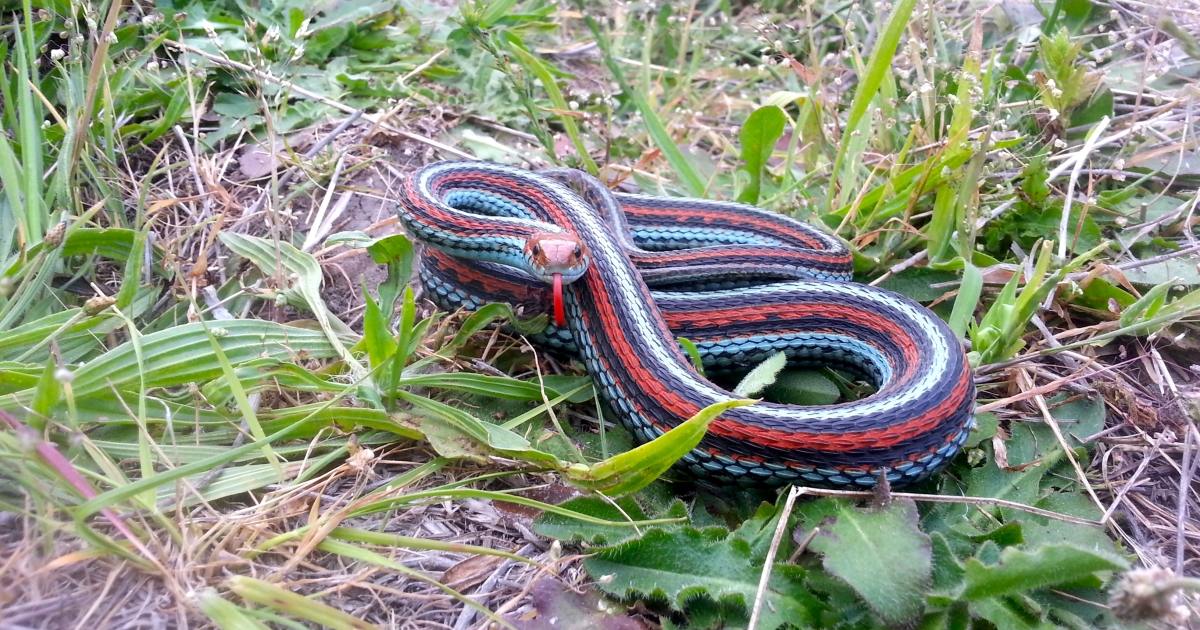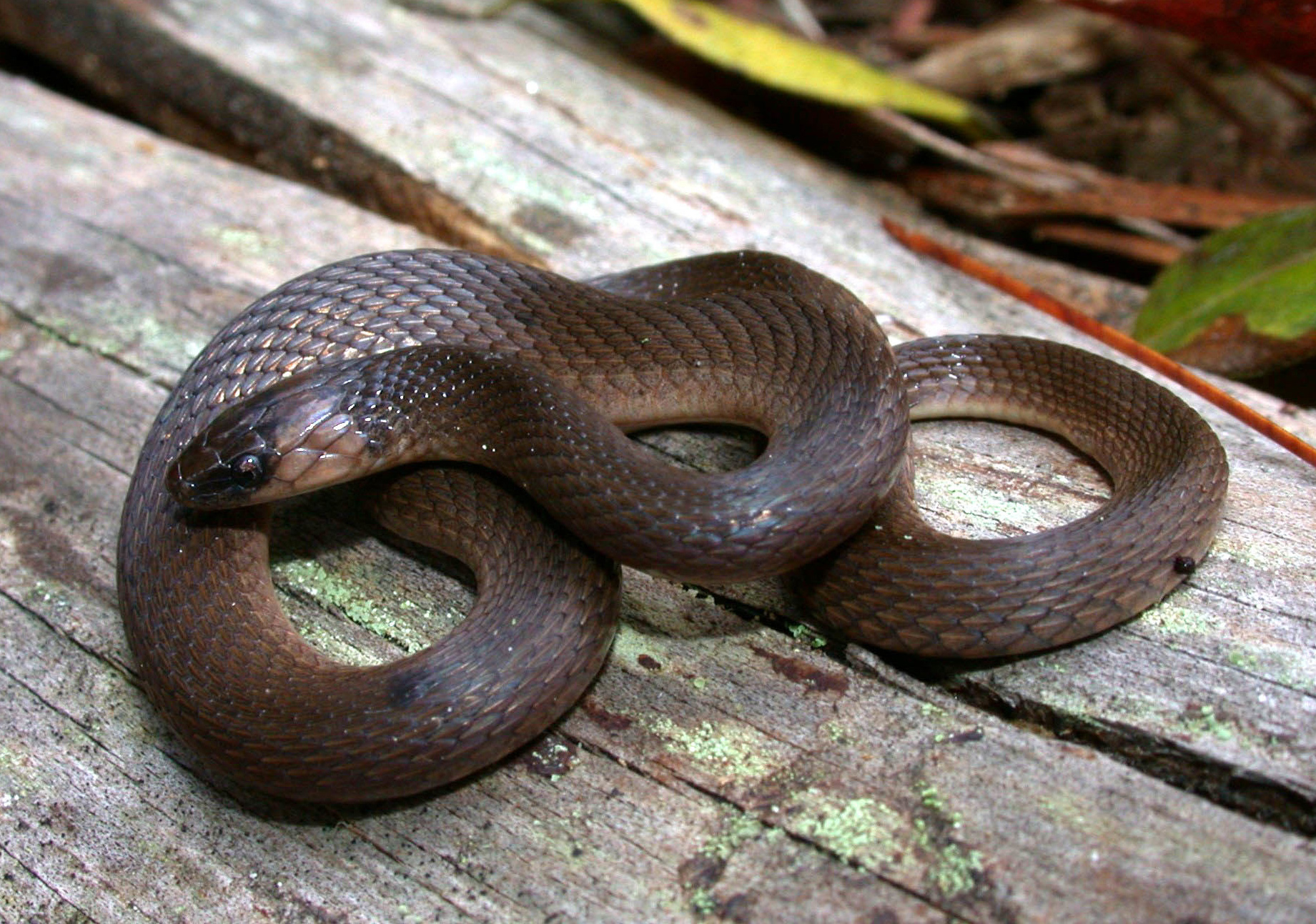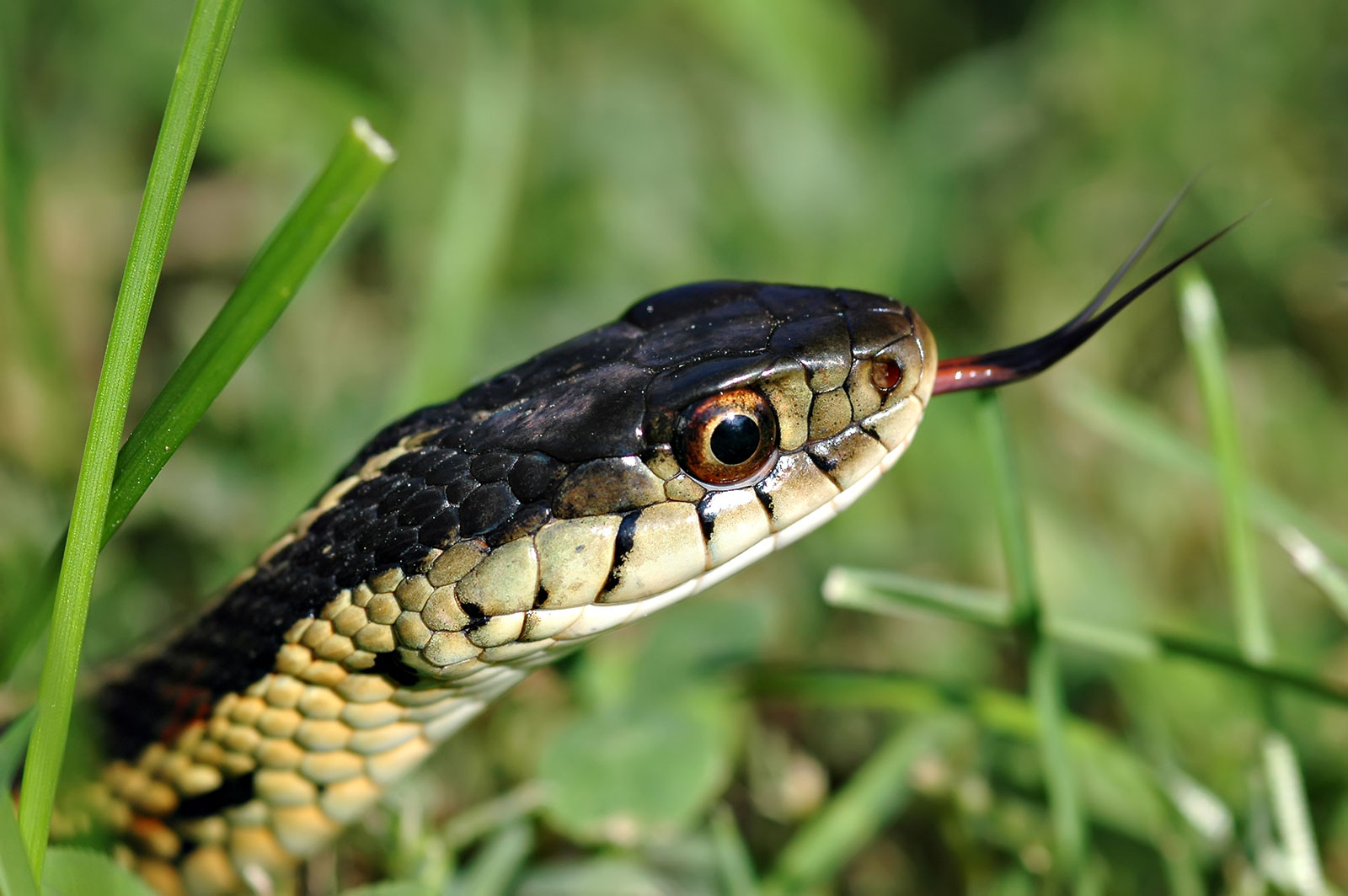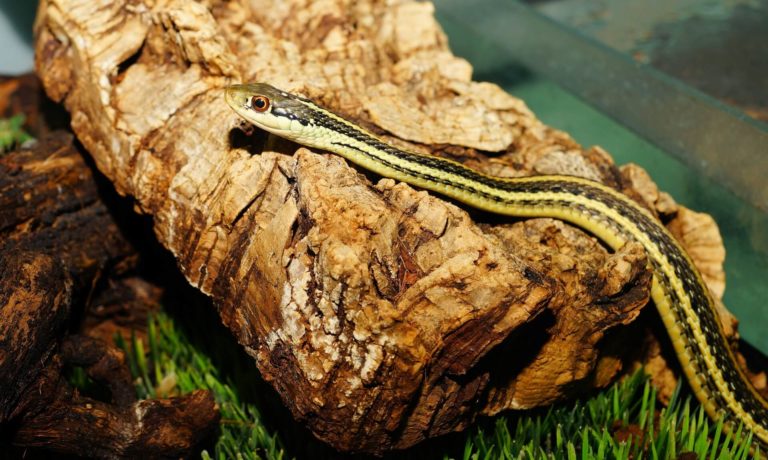The 5 Most Common Garden Snakes and How to Get Rid of Them
Many enjoy spending time in our gardens, but few want to run into a snake. If you live in an area with snakes, it’s important to know which ones are harmless and which could pose a threat. In this blog post, I’ll look at some of the most common snakes you might find in your garden and what you need to know about them.
Are garden snakes harmless?
Garden snakes are often seen as harmless creatures, and for the most part, they are. These docile reptiles usually only grow to be around a foot long, and their diet consists mainly of insects. However, some species can be dangerous to humans.
The eastern green mamba, for example, is one of the most venomous snakes in the world. Its venom is powerful enough to kill a human within minutes, and it is not considered safe to keep as a pet. So, while most garden snakes are harmless, it is always best to err on the side of caution and avoid handling them.
Are garden snakes good to have around?
You may have seen a snake or two in your garden and wondered if they’re good to have around. The answer is a resounding yes! Garden snakes are beneficial for several reasons, including pest control and aeration.
Pest Control
One of the most obvious benefits of garden snakes is that they help keep pests under control. Mice, voles, and other small rodents are all common prey for snakes. By keeping the population of these pests down, garden snakes can help protect your plants from being eaten. In addition, snakes will also consume insects like grubs and caterpillars, which can damage your plants. So, if you’re looking for a natural way to control pests in your garden, consider inviting some snakes in!
Aeration
Garden snakes can be a welcome addition if you want to improve your soil quality. While you may not consider them landscapers, garden snakes can help aerate your soil. This is because they burrow underground, which loosens up the soil and allows air and water to penetrate more easily. As a bonus, their burrowing also helps improve drainage in areas that tend to collect water. If you live in an area with heavy clay soils, you know how important drainage is!
Facts About Snakes
There are more than 3,000 species of snakes worldwide, but only around 600 of those are considered dangerous to humans. Of those 600, only 12 are responsible for the majority of snakebites. So, while it’s true that snakes can be dangerous, most of them pose no threat to us.
Snakes play an important role in many ecosystems. They help keep populations of rodents and insects under control and provide food for other animals like birds of prey. Some snakes even help farmers by eating crop-damaging pests like moles and mice. So, while you may not want them in your garden, it’s important to remember that they serve an essential purpose in the natural world.
Now that I’ve dispelled some myths about snakes let’s look at some of the most common types you might find in your garden.
Garter Snakes
Garter snakes are common in North America and one of the most frequently seen snakes in gardens. They typically grow to be between two and three feet long and can be identified by their striped pattern. Garter snakes are nonvenomous and not considered dangerous to humans. In fact, they are often kept as pets.

Garden Snakes
Garden snakes are a type of garter snake that is native to Europe. They typically grow to be between two and four feet long and can be identified by their dark brown or black coloration with lighter stripes running down their sides. Garden snakes are nonvenomous and not considered dangerous to humans. However, they may eat beneficial insects like bees or butterflies, so you may not want them around your garden if you’re trying to attract pollinators.
Pythons
Pythons are a type of constrictor snake that is native to Africa and Asia. They can grow huge—some pythons exceed 20 feet in length!—and are considered dangerous to humans because they can kill by squeezing their prey to death. Pythons are not typically found in gardens but have been known to enter homes searching for food. If you see a python in your garden, it’s best to immediately call animal control or the police.

Ringneck Snake
Another type of garden snake is the ringneck snake. These snakes are usually darker in color, with shades of black, brown, and gray. They get their name from the ring of color around their necks, usually yellow or orange. Ringneck snakes typically grow to be about two feet long.

Earthsnake
The last type of garden snake is the earthsnake. As you might guess from their name, earthsnakes are often found burrowing underground. These snakes are small, often only growing to be about eight inches long. They can be a variety of colors, including brown, gray, tan, and reddish-brown.

As you can see, there are many different types of snakes that you might find in your garden—but only a few of them pose a danger to humans. If you come across a snake in your garden, the best thing to do is observe it from a distance and leave it alone.
How to get rid of garden snakes
You may be wondering how to get rid of them. While these snakes are generally harmless, they can be a nuisance.
1. Remove their food source
Garden snakes typically eat insects, so if you can remove their food source, they will eventually go away. One way to do this is to make sure that your property is free of debris and vegetation that could attract insects. If you have a compost pile, keep it clean and tidy.
2. Use a snake repellent
A variety of snake repellents on the market use different active ingredients to repel snakes. Some of the most effective ingredients include naphthalene and sulfur. You can find snake repellents at your local hardware store or online.
3. Trap the snakes
If you want to remove the snakes from your property immediately, you can trap them using a live trap. Before doing this, check your local laws and regulations, as it may not be legal in your area to relocate snakes.
4. Call a professional
If you’re not comfortable dealing with snakes yourself or want an immediate solution, you can always call a professional Wildlife Control company. These companies specialize in humanely removing animals from properties.



